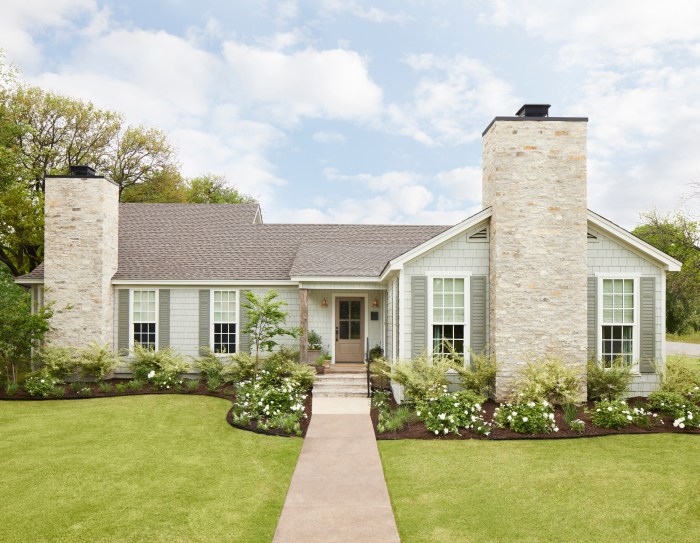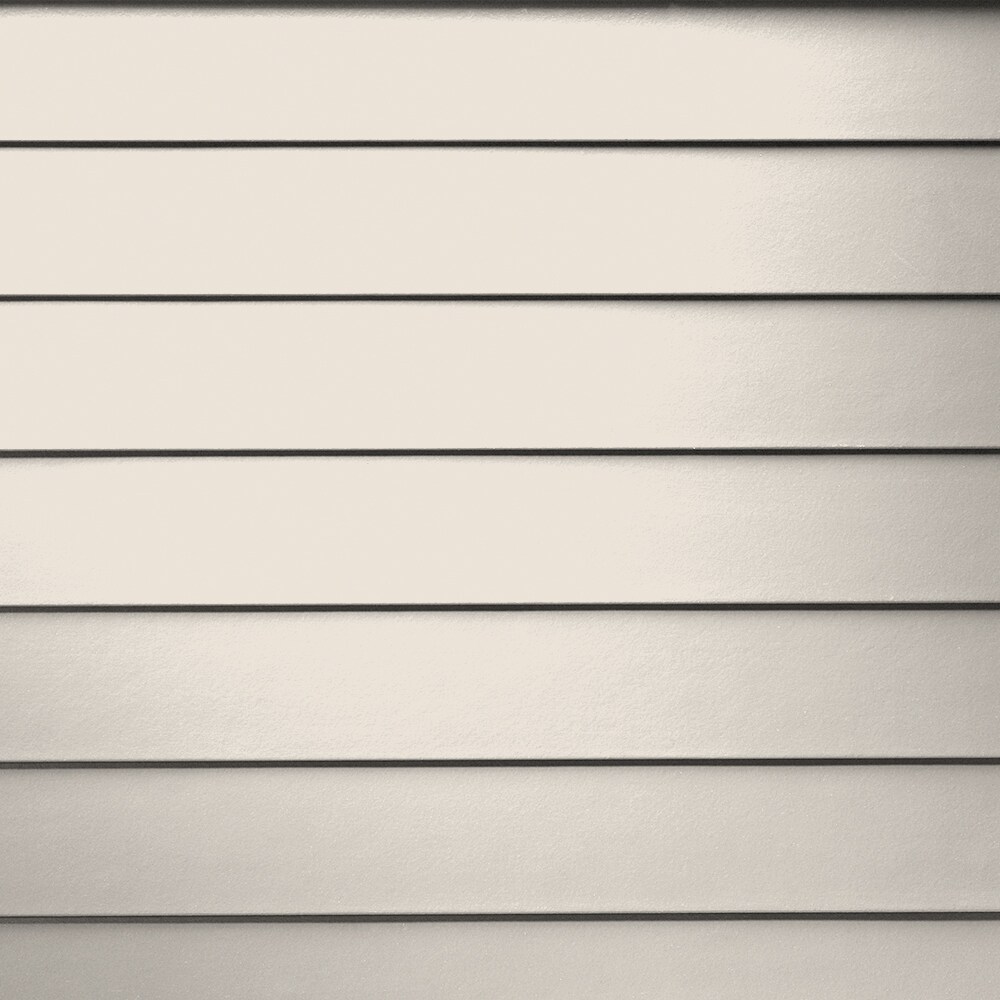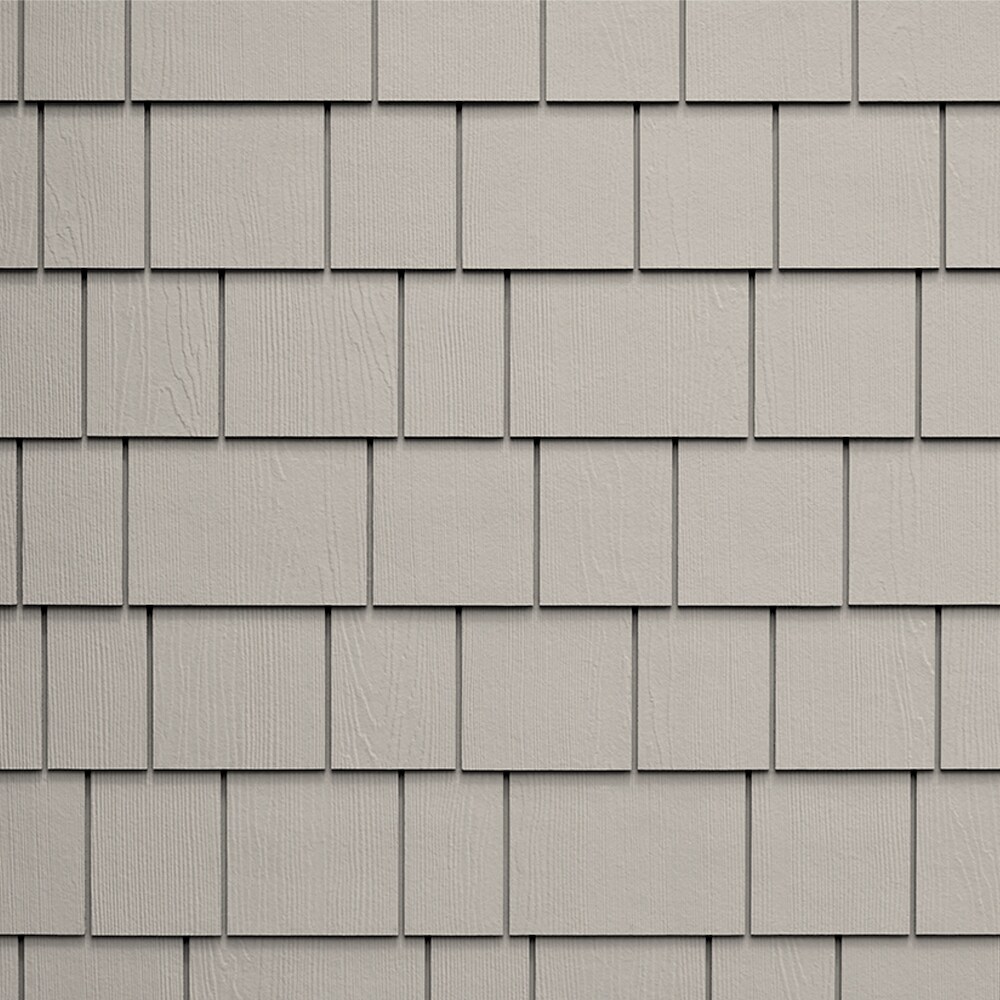James Hardie Magnolia Siding A Complete Guide
James Hardie Magnolia siding: It’s a name whispered among homeowners seeking a blend of beauty and durability. This isn’t just another siding option; it’s a statement. We’re diving deep into everything you need to know about this popular choice, from its stunning aesthetic appeal and surprisingly simple installation to its long-term maintenance and environmental impact. Get ready to uncover the secrets behind James Hardie Magnolia’s enduring popularity.
This comprehensive guide will walk you through the features and benefits, compare it to other James Hardie options, and even delve into real customer experiences. We’ll explore the versatility of the Magnolia color, offering visual insights into how it transforms homes of various architectural styles. We’ll also tackle the practical aspects: maintenance, potential issues, and even its environmental footprint. By the end, you’ll be armed with the knowledge to decide if James Hardie Magnolia siding is the right choice for your home.
Product Overview: James Hardie Magnolia Siding
James Hardie Magnolia siding offers a beautiful, low-maintenance exterior solution for homeowners seeking the classic appeal of painted wood without the ongoing upkeep. Its fiber cement composition provides exceptional durability and protection against the elements, making it a worthwhile investment for long-term property value. This overview details the key features, benefits, installation process, and cost comparisons to help you determine if James Hardie Magnolia is the right choice for your home.
Features and Benefits of James Hardie Magnolia Siding
James Hardie Magnolia siding boasts a smooth, paintable surface designed to mimic the look of finely painted wood. This achieves a sophisticated aesthetic that complements various architectural styles. Key benefits include superior resistance to fire, rot, insects, and moisture damage, significantly reducing the need for costly repairs and maintenance compared to traditional wood siding. Its colorfastness also means the siding retains its vibrant appearance for years, minimizing the frequency of repainting. The product’s engineered wood fiber cement composition provides exceptional strength and impact resistance, helping to protect your home from damage caused by hail, wind, and other environmental factors.
Comparison to Other James Hardie Siding Options
While James Hardie offers a range of siding options, Magnolia stands out with its smooth, painted finish. This differentiates it from textured options like James Hardie Artisan® siding, which provides a more rustic, wood-like appearance. Compared to James Hardie’s smooth siding options like HardiePlank®, Magnolia’s color palette and specific texture might offer a more refined aesthetic appeal for certain home styles. The choice ultimately depends on personal preference and the overall design vision for the home’s exterior.
Typical Installation Process for James Hardie Magnolia Siding
The installation of James Hardie Magnolia siding typically involves several key steps. First, the existing siding must be removed, and the underlying sheathing inspected and repaired as needed. Next, house wrap is installed to create a weather-resistant barrier. Then, the siding is installed, starting at the bottom and working upwards, using appropriate fastening techniques to ensure proper alignment and secure attachment. Finally, trim pieces are added to complete the installation, creating a seamless and professional finish. Professional installation is highly recommended to guarantee proper application and to maintain the product’s warranty.
Cost Comparison of James Hardie Magnolia Siding
The cost of James Hardie Magnolia siding varies based on factors like the size of the project, regional labor rates, and the chosen installer. However, a general comparison against similar products can be made. Note that these prices are estimates and can fluctuate significantly depending on location and project specifics.
| Siding Type | Material | Estimated Cost per Square Foot (USD) | Notes |
|---|---|---|---|
| James Hardie Magnolia | Fiber Cement | $4 – $8 | Includes material and installation; can vary widely. |
| Vinyl Siding | PVC | $2 – $4 | Generally less expensive upfront, but shorter lifespan. |
| Wood Siding | Cedar, etc. | $6 – $12+ | High initial cost, requires significant maintenance. |
| James Hardie HardiePlank | Fiber Cement | $3 – $7 | Similar material, different texture and aesthetic. |
Color and Aesthetics

James Hardie Magnolia siding offers a versatile, timeless aesthetic that transcends fleeting design trends. Its soft, creamy hue provides a blank canvas for diverse architectural styles and landscaping schemes, allowing homeowners to create a cohesive and visually appealing exterior. The subtle warmth of Magnolia complements a wide range of color palettes, making it an exceptionally adaptable choice for enhancing curb appeal.
The versatility of Magnolia’s color allows it to seamlessly integrate into various home styles, creating a harmonious and sophisticated look. The neutral tone avoids being overly trendy, ensuring the siding remains visually appealing for years to come. This makes it a smart, long-term investment that adds value to any property.
Magnolia Siding’s Application in Diverse Architectural Styles
The understated elegance of James Hardie Magnolia siding makes it suitable for a broad spectrum of home styles. Its adaptability allows it to complement both traditional and modern designs, enhancing their unique features without overpowering them.
- Traditional Homes: On classic colonial or craftsman-style homes, Magnolia siding provides a refined backdrop that highlights architectural details like window trim, gables, and porches. The subtle color allows intricate woodwork to stand out, creating a balanced and visually rich façade.
- Modern Homes: In contemporary designs, Magnolia’s neutral tone offers a clean and sophisticated contrast against bold architectural lines and minimalist landscaping. Its creamy hue complements the sleekness of modern architecture without appearing jarring or out of place.
- Farmhouse Styles: The warm undertones of Magnolia beautifully complement the rustic charm of farmhouse aesthetics. It blends seamlessly with natural materials like stone and wood, creating a cohesive and inviting exterior that evokes a sense of warmth and tranquility.
Magnolia Siding and Landscaping
The color Magnolia complements a wide range of landscaping elements, creating a cohesive and visually pleasing exterior. Its neutral tone acts as a harmonious bridge between the home’s architecture and the surrounding greenery.
The creamy hue of Magnolia siding provides a sophisticated contrast against vibrant flowerbeds, creating a visually stunning interplay of color and texture. It also pairs well with lush green lawns and mature trees, enhancing their natural beauty without competing for attention. Furthermore, the neutral tone of Magnolia makes it an excellent choice for homes with varied landscaping, ensuring a cohesive look even when incorporating diverse plant species and textures.
Magnolia in Varied Lighting Conditions, James hardie magnolia
Imagine a visual representation: A three-panel image showcasing James Hardie Magnolia siding under different lighting conditions.
The first panel depicts the siding under the bright, harsh light of midday sun. The Magnolia color appears slightly lighter and warmer, showcasing its creamy undertones. The second panel shows the siding in the soft, diffused light of an overcast day. Here, the color appears more muted and subtle, highlighting its versatility and adaptability to changing light conditions. The third panel showcases the siding at dusk or dawn. The soft, warm light of the setting or rising sun casts a gentle glow on the siding, enhancing its creamy texture and creating a serene, inviting ambiance. The subtle variations in color across the three panels demonstrate the consistent beauty and subtle shifts in the Magnolia hue throughout the day.
Maintenance and Durability

James Hardie Magnolia siding, known for its beautiful aesthetic, also boasts impressive durability and relatively low maintenance requirements. Understanding these aspects is crucial for maximizing the lifespan and curb appeal of your investment. Proper care ensures your siding remains a stunning feature of your home for years to come.
James Hardie Magnolia siding, like other fiber cement products, requires less upkeep than many traditional materials such as wood or vinyl. Its resistance to rot, insect infestation, and fire significantly reduces the need for frequent repairs or replacements. This translates to long-term cost savings, minimizing the need for extensive maintenance budgets. The inherent strength of the material also means it can better withstand the rigors of harsh weather conditions, protecting your home’s exterior from the elements.
Cleaning James Hardie Magnolia Siding
Regular cleaning is key to maintaining the beauty and longevity of your James Hardie Magnolia siding. A simple approach, using readily available materials, will keep your siding looking its best. Avoid harsh chemicals, as these can damage the surface finish.
- Begin by rinsing the siding with a garden hose to remove loose dirt and debris.
- Mix a mild detergent solution – a few drops of dish soap in a bucket of water is sufficient.
- Use a soft-bristled brush or sponge to gently scrub the siding, paying attention to areas with accumulated dirt.
- Rinse thoroughly with clean water to remove all traces of soap.
- Allow the siding to air dry completely.
Comparing Maintenance Requirements
Compared to wood siding, James Hardie Magnolia requires significantly less maintenance. Wood siding is susceptible to rot, insect damage, and requires regular painting or staining. Vinyl siding, while low-maintenance, can crack, fade, or become brittle over time, requiring eventual replacement. James Hardie Magnolia offers a happy medium: superior durability to vinyl with far less maintenance than wood. The infrequent need for cleaning and repainting translates to significant cost savings over the siding’s lifespan.
Addressing Potential Issues with James Hardie Magnolia Siding
While James Hardie Magnolia is remarkably durable, some issues may arise over time. Understanding these potential problems and how to address them proactively can prevent larger, more costly repairs down the line. Prompt attention to minor issues can prevent escalation.
Step-by-Step Guide for Addressing Common Problems
Minor damage, such as small cracks or chips, can typically be repaired with a suitable patching compound designed for fiber cement. More extensive damage might require professional assistance.
- Identify the Problem: Carefully assess the extent of the damage. Is it a small crack, a larger chip, or more significant damage?
- Gather Materials: Obtain the appropriate patching compound and tools (putty knife, sandpaper, primer, paint). For larger repairs, professional assistance may be necessary.
- Prepare the Surface: Clean the affected area thoroughly and remove any loose or damaged material.
- Apply the Patch: Carefully apply the patching compound, ensuring it is smooth and even with the surrounding siding.
- Sand and Prime: Once the patch is dry, sand it smooth and apply a primer coat.
- Paint: Apply a coat of paint that matches your existing siding color.
Customer Reviews and Experiences: James Hardie Magnolia

James Hardie Magnolia siding enjoys a significant online presence, generating a substantial volume of customer reviews across various platforms. Analyzing this feedback provides valuable insights into real-world performance and user satisfaction. By examining both positive and negative comments, we can develop a comprehensive understanding of the homeowner experience with this popular siding choice.
Review aggregation sites, home improvement forums, and individual retailer websites all contribute to the pool of available feedback. This data allows for a nuanced perspective, moving beyond marketing materials to reveal the genuine experiences of those who have installed and lived with James Hardie Magnolia siding.
Positive Customer Feedback Themes
Positive reviews consistently highlight the aesthetic appeal of James Hardie Magnolia siding. Many homeowners praise its color, describing it as a beautiful and versatile neutral that complements various architectural styles. Durability is another frequently cited advantage; customers report resistance to damage from harsh weather conditions, including strong winds and heavy rain. The low-maintenance nature of the product also receives significant praise, with many homeowners appreciating the ease of cleaning and the lack of need for frequent repainting. Finally, the perceived increase in home value associated with James Hardie products is often mentioned as a key benefit.
Negative Customer Feedback Themes
While overwhelmingly positive, some negative reviews exist. These often focus on installation challenges. Some customers report difficulties achieving perfectly aligned panels, resulting in visible seams or imperfections. The cost of James Hardie Magnolia siding is also a recurring concern, with some finding it significantly more expensive than alternative options. Occasionally, issues with color consistency across different batches of siding are reported. Finally, while maintenance is generally low, some users report minor challenges with cleaning certain types of stains or discoloration.
Summary of Key Customer Feedback
| Aspect | Positive Feedback | Negative Feedback |
|---|---|---|
| Aesthetics | Beautiful color, versatile, complements various styles | Some reports of color inconsistency between batches |
| Durability | Resistant to harsh weather, long-lasting | None consistently reported |
| Maintenance | Low maintenance, easy to clean | Some difficulty cleaning certain stains |
| Installation | Generally straightforward | Challenges achieving perfect alignment reported by some installers |
| Cost | Increased home value | More expensive than some alternatives |
Environmental Impact and Sustainability
James Hardie’s commitment to sustainability is a crucial aspect of their brand, and understanding the environmental footprint of their Magnolia siding is essential for environmentally conscious homeowners. This section examines the lifecycle of James Hardie Magnolia siding, from manufacturing to disposal, highlighting both its impacts and its advantages compared to alternative materials.
James Hardie Magnolia siding, like all building materials, has an environmental impact throughout its lifecycle. Manufacturing involves energy consumption for processes like mining raw materials (cement, fiber), and the production and transportation of the finished product generate greenhouse gas emissions. Installation also contributes a minor environmental footprint through the use of tools and equipment. However, James Hardie actively works to mitigate these impacts through various initiatives.
Manufacturing Processes and Environmental Impact Minimization
James Hardie employs several strategies to reduce its environmental footprint during manufacturing. These include optimizing energy efficiency in their plants, utilizing recycled materials where possible, and investing in technologies that reduce waste and emissions. For example, their commitment to using fly ash, a byproduct of coal combustion, as a component in their fiber cement significantly reduces reliance on virgin materials and diverts waste from landfills. Furthermore, their continuous improvement programs focus on refining manufacturing processes to minimize resource consumption and pollution. The company also publishes regular sustainability reports detailing their progress and goals.
Comparison to Other Siding Materials
Compared to other common siding materials, James Hardie Magnolia offers several environmental advantages. Traditional wood siding requires extensive deforestation, impacting biodiversity and carbon sequestration. Vinyl siding, while often touted as low-maintenance, is derived from petroleum, a non-renewable resource, and its disposal presents significant challenges. Metal siding, while recyclable, involves significant energy consumption in its production. James Hardie’s fiber cement siding offers a more sustainable alternative, utilizing readily available materials and boasting a significantly longer lifespan, thus reducing the frequency of replacement and associated environmental impacts.
Recycling and Disposal Options
While James Hardie Magnolia siding is not directly recyclable in the same way as aluminum cans, it can be disposed of responsibly. Many demolition and construction waste recycling facilities accept fiber cement siding for repurposing or use as aggregate in construction projects. Alternatively, responsible disposal through local landfill facilities should be considered. Homeowners should check with their local waste management authorities for specific guidance on the disposal of construction materials. The long lifespan of the product significantly reduces the overall frequency of disposal compared to other siding options.
From its captivating color to its impressive longevity, James Hardie Magnolia siding emerges as a compelling option for homeowners prioritizing both aesthetics and practicality. This guide has explored the many facets of this popular siding choice, equipping you with the information needed to make an informed decision. Remember to weigh the pros and cons based on your specific needs and budget, but rest assured that James Hardie Magnolia offers a compelling blend of style, durability, and long-term value. Consider this your starting point for transforming your home’s exterior.
Key Questions Answered
What is the warranty on James Hardie Magnolia siding?
Warranty details vary depending on the specific product and region. Check the James Hardie website or contact a local dealer for precise warranty information.
Can I paint James Hardie Magnolia siding a different color?
Yes, James Hardie siding can be painted, but it’s recommended to use a paint specifically designed for fiber cement siding to ensure proper adhesion and longevity.
How does James Hardie Magnolia siding compare to vinyl siding in terms of cost?
James Hardie Magnolia is generally more expensive than vinyl siding upfront, but its superior durability and longer lifespan can lead to lower long-term costs.
Is James Hardie Magnolia siding fire-resistant?
Yes, James Hardie fiber cement siding is highly fire-resistant, offering a significant advantage over many other siding materials.
Does James Hardie Magnolia siding require special tools for installation?
While standard tools are used, specialized cutting tools may be necessary for precise cuts, and professional installation is often recommended.









